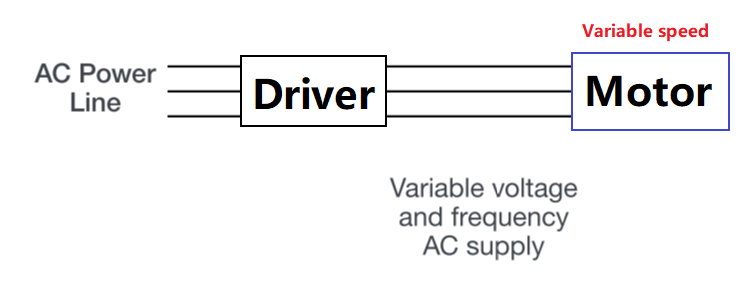User Guide for Three-Phase Electricity Measurement and Analysis Functions
June 19, 2025
Introduction
With the continuous development of modern power system, the stability and reliability of three-phase power system are very important to ensure the quality of power supply. In order to meet this demand, Siglent has introduced the three-phase electricity measurement and analysis software of SDS5000X HD series oscilloscopes. Through the deep integration of hardware innovation and intelligent algorithm, it can realize high-precision and high-efficiency testing ability, support synchronous sampling of three-phase voltage/current waveforms, integrate one-button key parameter measurement functions, cover core functions such as power quality, harmonic analysis, ripple analysis and efficiency analysis, and cooperate with real-time display of space vector diagram to significantly accelerate the debugging of motor drive system. This scheme can provide fast, accurate and repeatable electrical measurement results in electric drive system of electric vehicle, industrial motor power quality evaluation and renewable energy inverter test, and become an efficient test tool for R&D verification and fault diagnosis in power system, industrial automation, new energy and other fields.
Background theory
This section provides basic knowledge of terms and principles to better understand the required configuration settings.
3.1 Basic introduction of motor drive system
Since the early stage of electrical engineering, three-phase AC induction motor (ACIM) has firmly occupied the core position in the industrial field, and is famous for its reliability, high efficiency and economic practicability, and its maintenance requirements are extremely low. With the development of technology, there are diversified choices in the field of motors and drivers, such as brushless DC motor (BLDC) and permanent magnet synchronous motor (PMSM) with higher efficiency and lighter weight. Although they need more precise control algorithms, they undoubtedly bring new vitality to the industry. Although different types of systems have their own unique performance characteristics, the motor drivers they rely on generally adopt a key technology——ulse width modulation (PWM). Through this technology, the driver can flexibly adjust and optimize the frequency and voltage transmitted to the motor to ensure that the motor can perform optimally in various application scenarios.
In modern motor drive technology, variable frequency speed regulation has become the mainstream control strategy. Pulse width modulation (PWM) waveform is generated by variable frequency driver (VFD), and the system can accurately adjust the output frequency, thus realizing the dynamic control of motor speed. This kind of driver usually adopts three-phase AC power supply architecture-this design not only conforms to the natural electromagnetic characteristics of industrial motors, but also can significantly improve the energy conversion efficiency and optimize the torque output stability. The three-phase balanced power supply mode can effectively reduce harmonic loss and provide a stable electromagnetic field distribution foundation for high power density motors.

The motor driver adjusts the input of the motor to control the speed and torque.
Click here to view the full article.
